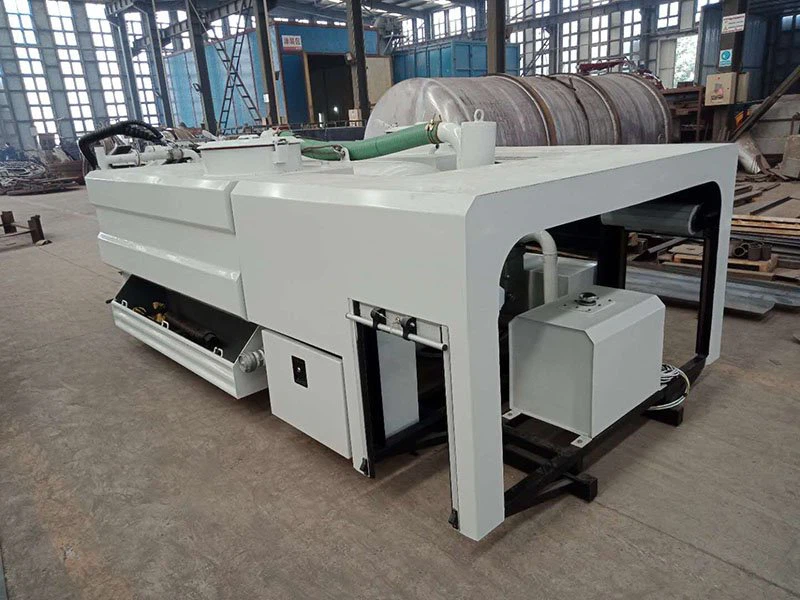The Fascinating History of the Car Industry: Evolution, Innovation, and Impact

The car industry has undergone tremendous changes since its inception, evolving from the horse-drawn carriages of the past to the electric vehicles of today. This article delves deep into the rich history of the car industry, exploring its major milestones, key innovations, and the factors that have shaped it over the years. Whether you are an automotive enthusiast or just curious about how the car industry started and grew, this comprehensive guide covers it all.
A Brief Overview of the Car Industry
The car industry refers to the production and sale of motor vehicles, encompassing a wide range of businesses, including manufacturers, suppliers, and service providers. With globalization and technological advancement, the industry has transformed significantly. Understanding its history can shine a light on current trends and future possibilities.

Early Beginnings: The Birth of the Automobile
Pre-Automobile Era
Before the automobile became a staple of modern society, transportation was primarily reliant on horse-drawn vehicles. The invention of the wheel around 3500 BC marked a revolutionary step in transportation, allowing for more efficient travel over land.
The Invention of the Automobile
The late 19th century saw significant advancements in technology that culminated in the creation of the first automobile. In 1886, Karl Benz patented the first true gasoline-powered car, known as the Benz Patent-Motorwagen. It featured an internal combustion engine and is widely regarded as the world’s first automobile.
Early Competitors: The Race for Innovation
Following Benz’s invention, several inventors and companies began to develop their versions of the automobile. Notable figures include:
- Gottlieb Daimler: Created the first high-speed gasoline engine and co-founded Daimler-Motoren-Gesellschaft in 1890.
- Henry Ford: Revolutionized the automobile industry with his introduction of mass production techniques.
- Renault and Peugeot: French companies that contributed to early automobile development and became key players in the industry.
The Evolution of Mass Production

Henry Ford and the Assembly Line
In 1913, Henry Ford introduced the moving assembly line, dramatically reducing production time and costs. This innovation made automobiles more affordable and accessible to the average consumer, significantly increasing vehicle sales.
The Model T Revolution
Ford’s release of the Model T in 1908 marked a turning point for the car industry. Known for its durability and low cost, the Model T sold more than 15 million units, making it one of the best-selling cars of all time. Its success had a profound impact on American society and transportation as a whole.
The Growth of the Global Market
Expansion Beyond Borders
As automobile production grew, so did the international market. By the 1920s, European manufacturers such as Mercedes-Benz and Citroën were establishing significant global presence. The automobile industry began to shift from local craftsmanship to a more standardized production model.
Post-World War II Economic Boom
The aftermath of World War II brought a renewed focus on the automobile industry. Countries like the United States experienced economic growth, leading to increased car ownership rates. Automakers began producing larger, more luxurious vehicles, appealing to a growing middle class.
Technological Innovations in the Car Industry
The Rise of Safety Features
As cars became more prevalent, safety concerns grew. The introduction of safety features began in the 1950s and 1960s with:
- Seat Belts: First mandated in 1968 in the U.S., they have significantly reduced fatalities in accidents.
- Crumple Zones: Designed in the 1970s, enabling the car’s structure to absorb impact.
- Anti-lock Braking Systems (ABS): Became common in the late 1970s and improved vehicle control during hard braking.
Fuel Efficiency and Emission Controls
As environmental concerns became more prominent, the industry responded with innovations aimed at reducing fuel consumption and emissions. The 1970s saw the introduction of:
- Catalytic Converters: Helped reduce harmful emissions from vehicles.
- Hybrid Technology: Launched with models like the Toyota Prius in the late 1990s, combining gasoline engines with electric motors.
The Shift Towards Sustainability
The Electric Vehicle Revolution
Entering the 21st century, the push for sustainable transportation led to a significant shift towards electric vehicles (EVs). Governments worldwide began offering incentives to promote their adoption. Companies like Tesla became prominent players, pushing the boundaries of technology and performance.
Charging Infrastructure and Battery Technology
The expansion of EVs has necessitated the development of widespread charging infrastructure. Breakthroughs in battery technology, such as lithium-ion batteries, have significantly improved EV range, making them more viable for everyday use.
Current Trends in the Car Industry
Autonomous Vehicles
One of the most exciting developments in recent years is the rise of autonomous vehicles. Companies like Waymo and Tesla are investing heavily in self-driving technology, promising safer roads and a reduction in accidents caused by human error.
Connected Cars
The integration of technology has also led to the advent of connected cars, equipped with internet access and communication capabilities. These vehicles can access real-time data, enhancing the driver’s experience through navigation, safety features, and infotainment.
The Global Impact of the Car Industry
Economic Contributions
The car industry represents a substantial portion of global economies. It generates millions of jobs, from manufacturing to sales and maintenance. Countries with strong automotive sectors enjoy a significant economic boost.
Environmental Concerns and Future Strategies
As the industry continues to grow, so do concerns about its environmental impact. Manufacturers are now focusing on sustainability and social responsibility, often adapting their practices to mitigate negative effects, such as carbon emissions, while also promoting recycling and sustainable materials.
Practical Examples of Innovative Car Manufacturers
| Manufacturer | Innovative Features | Year of Innovation |
|---|---|---|
| Tesla | Autopilot; Over-the-air software updates | 2015 |
| BMW | i3 Electric Vehicle with carbon-fiber design | 2013 |
| Ford | F-150 Lightning Electric Pickup Truck | 2021 |
| General Motors | Ultium battery platform for EVs | 2020 |
FAQs About the Car Industry History
1. When was the first automobile invented?

The first true automobile, the Benz Patent-Motorwagen, was patented by Karl Benz in 1886.
2. What impact did Henry Ford have on the car industry?
Henry Ford revolutionized the industry by introducing the moving assembly line, making cars affordable for the average consumer.
3. How did World War II affect the car industry?
The post-war economic boom led to increased car production and ownership, with manufacturers focusing on larger, more luxurious vehicles.
4. What are some modern trends in the car industry?
Current trends include the rise of electric vehicles, autonomous driving technology, and connected car features.
5. What role does sustainability play in the future of the car industry?
Sustainability is now a significant focus, with manufacturers working to reduce emissions and utilize eco-friendly materials.
6. Which company is leading in electric vehicles?
Tesla is one of the leading manufacturers of electric vehicles, known for its innovations in performance and technology.
